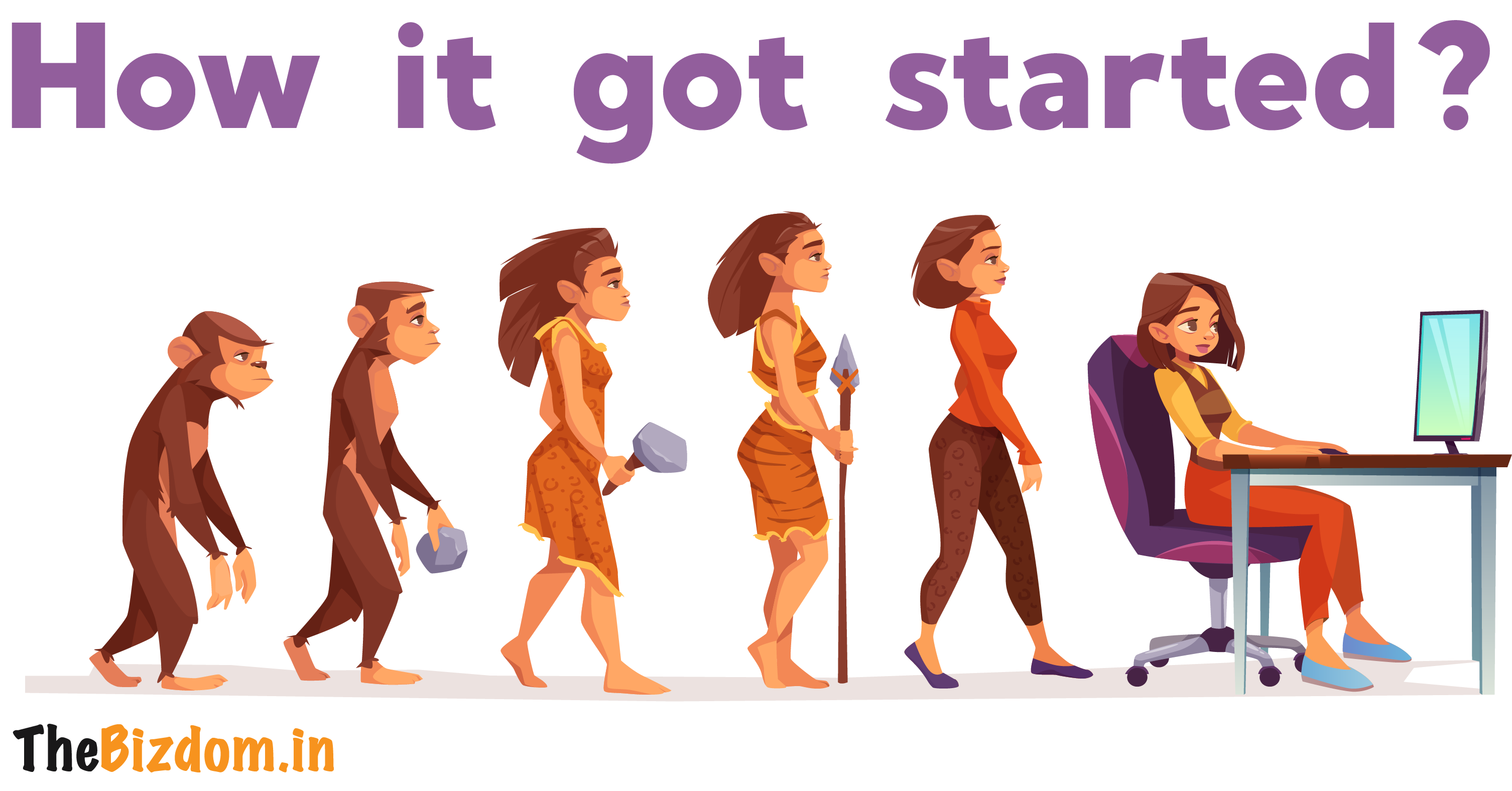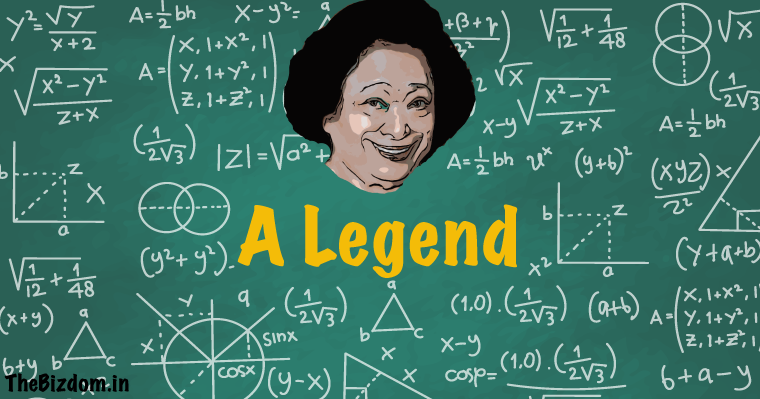5 min to read
Story of Automation
Babbage inspired Marx’s theories on the future of labour.

Automation is the technique in which a task is performed in a shorter period of time with reduced human effort. The mordern coinage of the term is attributed to D.S. Harder, an engineering manager at the Ford Motor (in 1940s). But given the term is mostly related to computer, so here is intresting version of it’s origin.
In the late 17th century, John-Joseph Merlin a Belgian clock-maker, musical-instrument maker, and inventor. Spanish Ambassador to England knew of him, and brought him to London in 1760. In London, he used to runs an eclectic establishment known as Merlin’s Mechanical Museum. In modern terms, Merlin’s shop is a kind of hybrid between a science museum, a gaming arcade, and a maker lab- created a wide variety of mechanical clocks. He built wheelchairs and weighing machines. He invented an early roller skate.
Somewhere around 1801, a mother brought her precocious 8-year son to visit Merlin’s museum. The old showman senses something promising in the boy and offers to take him up to the attic to spark his curiosity even further. The boy, named Charles Babbage was charmed by the walking lady. Merlin’s creations had touched Babbage’s heart and head.
Jacquard loom
In 1745 a talented machinist, Jacques de Vaucanson, designed a loom that used a spoked metal cylinder—similar to those found in music boxes—to trigger hooks that would raise or lower particular threads. Jacquard, who had worked as a drawboy in his youth, inherited his father’s weaving business in Lyon but found it difficult to make a profit. He then replaced Vaucanson’s drums with punched paper cards. Each card passed before an array of circular metal rods corresponding to different warp threads. The Jacquard loom was patented in 1804.
The story of Frankenstein
Intrigued by the changes by science, the “mad, bad, & dangerous to know” Romantic poet Lord Byron and his friend Percy Bysshe Shelley idled away one rainy summer day in Switzerland discussing artificial life and artificial thought, wondering whether “the component parts of a creature might be manufactured, brought together, and endued with vital warmth.” On hand to take mental notes of their conversation was Mary Wollstonecraft Shelley, Percy’s wife -author of the novel Frankenstein. She expanded on the theme of artificial life in her famous novel.
Philosopher and mechanical engineer
Encounter in Merlin’s attic stokes an obsession in Babbage, with mechanical devices that convincingly emulate human behaviour. He earns degrees in mathematics and astronomy but maintains his interest in machines by studying new factory systems across England’s industrial towns.
Meanwhile, Lady Byron, who believed her isolated husband was insane, pushed her daughter toward mathematics and science to prevent her from turning out like Byron.
While playing against the Turk twice in London in 1821 (and losing both times), Babbage quickly surmised that it was a hoax (and he was right also, just that someone else got the fame). By debunking the Mechanical Turk helped Edgar Allan Poe on the Path to Mystery Writing.
Anyways, after losing to the Turk, get him thinking about the possibility of mechanizing games of the intellect, including chess. He wrote in his “The Author’s Contributions to Human Knowledge” that every game of skill could in theory be played by an automaton.
The first computer programmer
Daughter of Lord Byron, Ada Lovelace became the “countess of numbers” and started working with Charles Babbage on the designs for the analytical engine: the first general-purpose computing machine. In 1833, Charles Babbage spoke of executing calculations by steam and then actually designed machines that he claimed could mechanize calculation, even mechanize thought. This is where many saw him as a reallife Dr. Frankenstein. It was Ada who reassure many that Babbage’s Analytical Engine did not actually think for itself.
Lady Ada Lovelace was perhaps the first computer programmer, who wrote a program for Babbage’s machine. In her honour CS community named a programming language ADA.
She told them that the machine could only do what people instructed it to do.
Analytical engine
While his Difference Engine could only perform one function- i.e. calculate based on the method of differences, Babbage began to think about the possibility of programming a machine to perform numerous different functions. He called it an Analytical Engine. To be programmed with punch cards, an idea he borrowed from Jacquard looms. Not coincidentally, the textile industry had been undergoing mechanization, replacing more and more laborers with machines.
He borrowed a tool designed to weave colorful patterns of fabric, which was itself borrowed from a tool for generating patterns of musical notes and put it to work doing a new kind of labor: mechanical calculation.
Ada Lovelace said that Babbage’s analytical engine could be used not just for math but potentially for “composing elaborate . . . pieces of music,” she was, knowingly or not, bringing Babbage’s machine back to its roots.
The Economist
Charles Babbage needs to be rediscovered for his contribution to the understanding of economics. On building on the Adam Smith works on Division of Labor. He reminds his readers, that the increased productivity happens in “three different circumstances:
1st, with the increase of skill in every particular workman; 2nd, saving of time, which is commonly lost in passing from one species of work to another; 3rd invention of a great number of machines which facilitate and abridge labour, and enable one man to do the work of many”
This phenomenon, known as the Babbage Principle, not surprisingly was highly criticized by Karl Marx, who argued in his Das Kapital that it resulted in labour segregation and contributed to alienation.
The Post is heavily influenced by book “Wonderland: How Play Made the Modern World -Steven Johnson”



